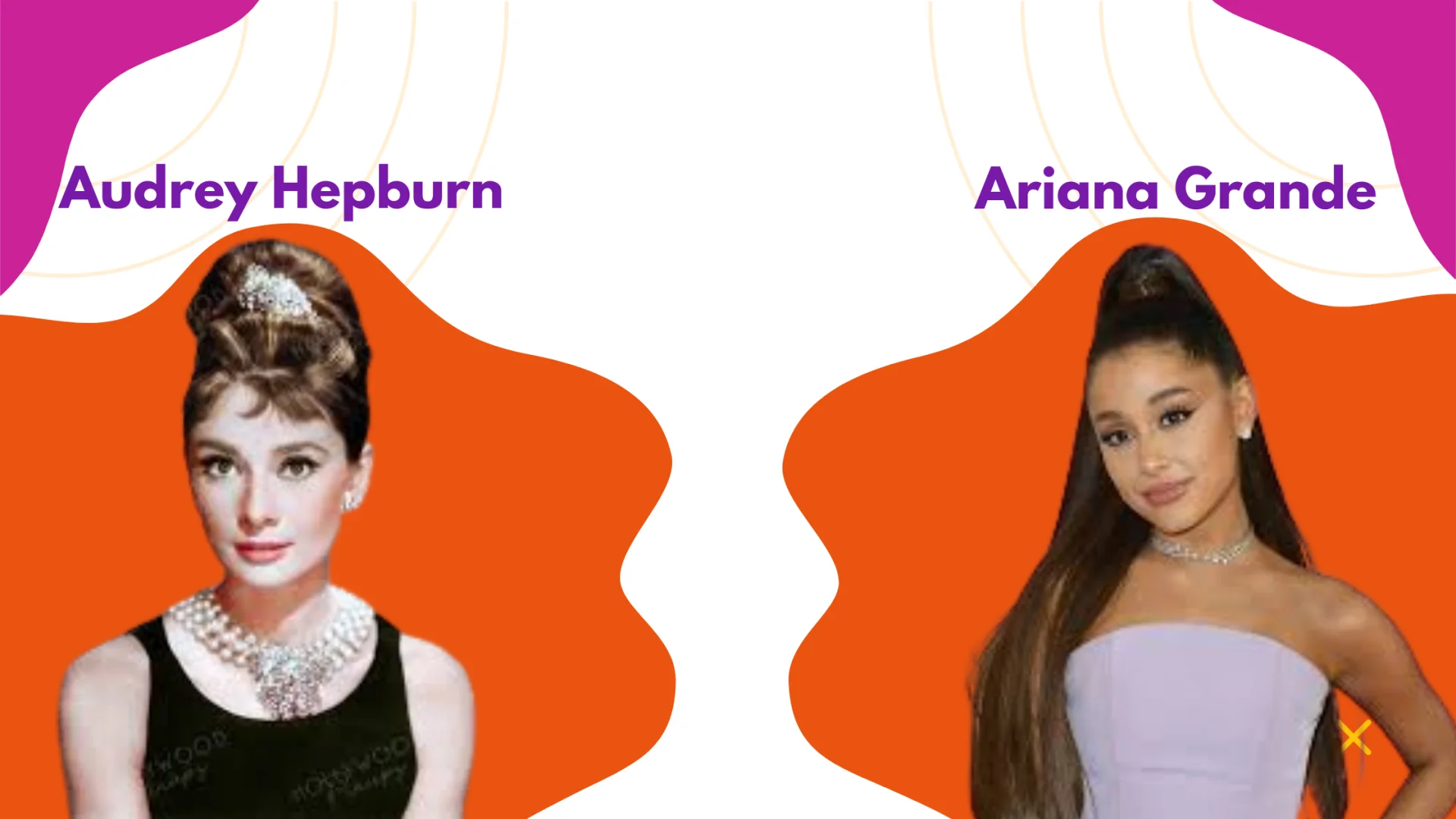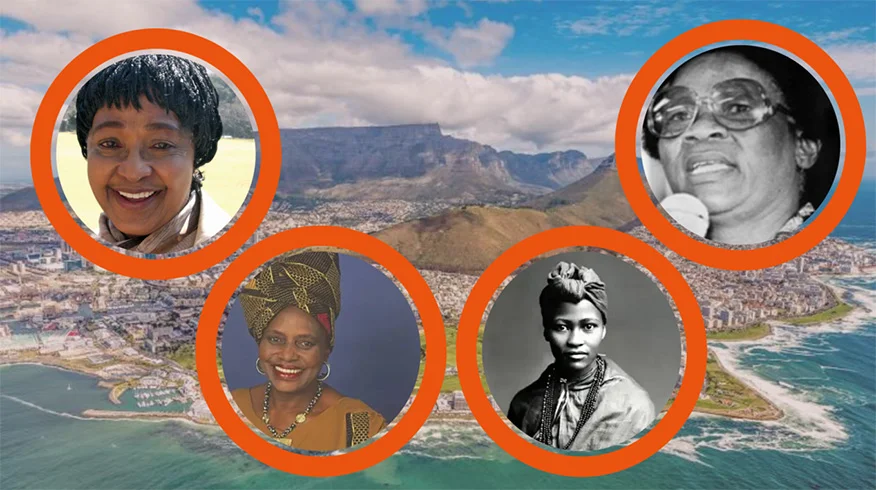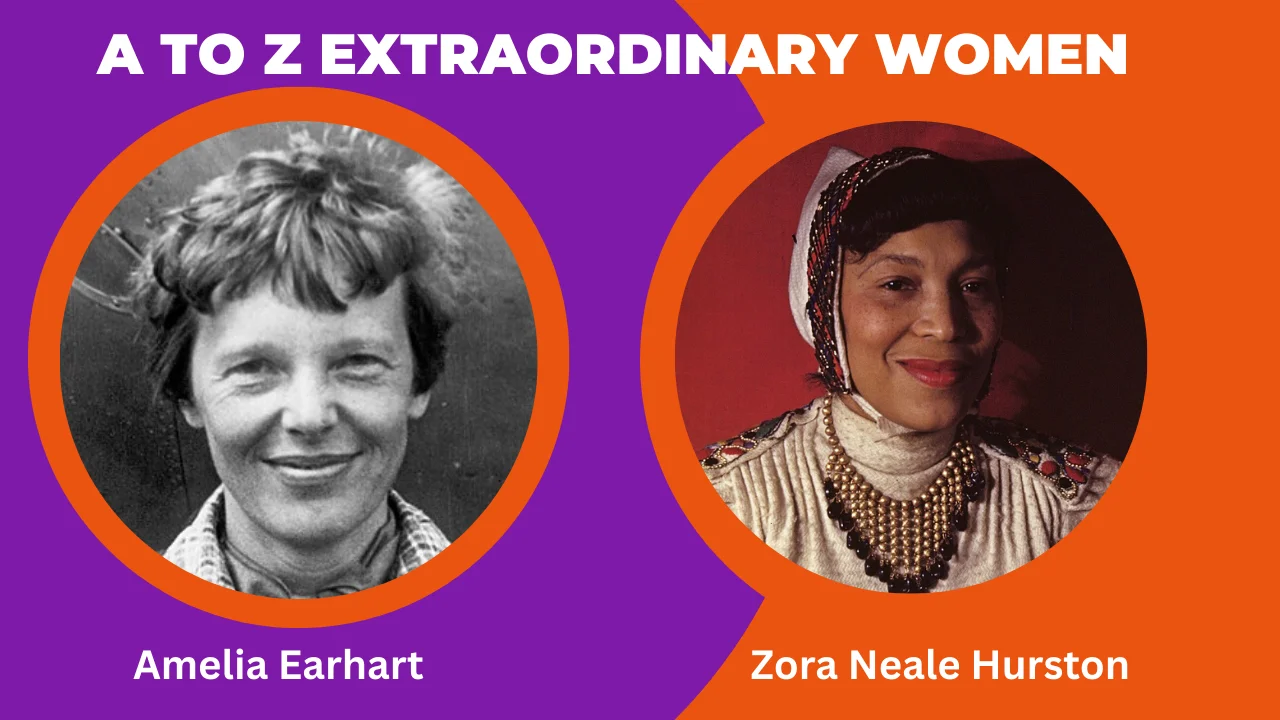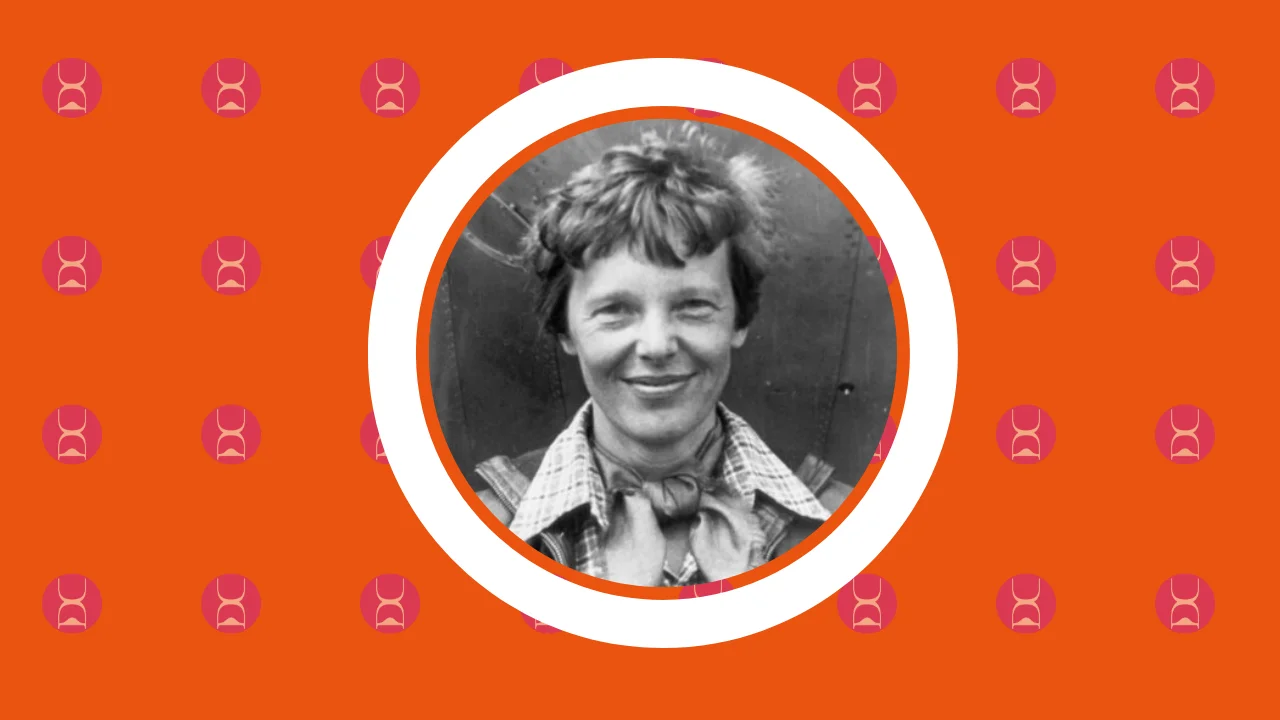Irene Joliot-Curie : The Woman Who Made Atoms Come Alive
15 Mar 2025
Featured

Irene Joliot-Curie, the daughter of legendary physicists Marie and Pierre Curie, Irène was destined for greatness—but she did not merely follow in her parents' footsteps.
Instead, she carved her own remarkable path, making groundbreaking contributions to the field of nuclear physics.
As a Nobel Prize-winning chemist, she played a pivotal role in discovering artificial radioactivity, an achievement that would lay the groundwork for modern nuclear energy and medicine.
[embed]https://youtu.be/7on0VjejREU[/embed]
However, Irène’s journey was not without obstacles, from wartime struggles to battling the biases of a male-dominated scientific world.
Let’s dive into the life of this extraordinary woman and explore how she made atoms come alive.
“For my part, I consider science to be the paramount interest of my life - Irene Curie.”
Lesson 1: Dedication to Work and Independence- Joliot-Curie, like her mother, dedicated her life to scientific work and independence. From her mother, Marie, she learnt right from childhood that science was a career worth pursuing wholeheartedly. Most of Irene’s life story revolves around dedicating her commitment and time to scientific studies and research.
Irene Joliot-Curie was born in Paris on 12 September 1897 to parents Marie and Pierre Curie. She was the first child of the couple.
Growing up, Joliot-Curie and her younger sister, Eva, lost their father at a tender age, and so they were left in the care of their mother, Marie.

Marie Curie (1867-1934) with her daughters Irene (g future Irene Joliot-Curie) and Eve (r) in 1921 in United Sates[/caption]
Due to how passionate Joliot-Curie’s mother was about education, she started schooling at a school near Paris Observatory. Irene's mother, Marie, chose the school for her due to the challenging curriculum the school offered.
Around 1906, Marie discovered Irene was very talented in mathematics, and she decided to focus on that instead of looking for a public school for Irene to attend.
To assist Irene in developing her mathematical skills, Marie joined forces with several eminent French scholars, including the prominent French physicist Paul Langevin, to form -The Cooperative. The Cooperative was a private gathering of nine students who were children of the most distinguished academics in France.
Back then, The Cooperative worked in a way whereby each one of the academics contributed to teaching the nine students in their various homes.
One unique thing about - The Cooperative was that the curriculum varied and did not only include - the principles of science and scientific research but diverse subjects like Chinese and sculpture, with great emphasis on self-expression and play.
Irene studied at The Cooperative for two years before she and her Evé were sent to Poland to spend the summer with their Aunt Bronia (Marie's sister )when she was 13.
“ “My Irène is well. She is going to a little school rather far from the house. It is very difficult in Paris to find a good school for small children. - Marie Curie. “
As a growing child, Irene had a rigorous education where she had classes in German and Trigonometry almost every week. She later re-entered a more orthodox learning environment and returned to study at a high school, College Sevigne, in central Paris until 1914.
Irene later went to the Faculty of Science at the Sorbonne to complete her baccalaureate. However, she had to stop studying in 1916 due to an interruption in World War I.
Lesson 2: Education and Physical Well-Being- While growing up, Irene and her mother, Marie, never joked about education and physical well-being. Irene’s mother prioritized education and ensured Irene and her younger sister, Eva, were not only intellectually strong but also physically robust. They were physically involved in activities like horse riding, swimming and others. This immensely contributed to their development.
During World War 1, Irene took a nursing course during college to assist her mother on the battlefield. This experience enables to start up her career as a nurse radiographer. At first, she worked with her mother as her assistant but shortly left a few months later to start working alone at a radiological facility in Belgium.
At the facility, Irenene taught doctors how to locate shrapnel in bodies using radiology. She was also brilliant enough to teach herself how to repair equipment.
As a nurse radiographer during World War 1, she moved through the facilities and battlefields, including two bomb sites, Furnes & Ypres and Amiens.
In recognition of her work and contributions during the war, she was awarded a military medal for her assistance in X-ray facilities in France and Belgium.
Lesson 3: Service During World War I -Another incredible lesson from Irene’s story is her service to humanity, especially during World War 1 when she served as a nurse radiographer alongside her mother on the battlefield. As a nurse radiographer, she was committed to helping others during the challenging times.
After the war ended, Irene returned to Sorbonne in Paris, where she completed her second baccalaureate degree in mathematics and physics in 1918. After graduation, Irene moved ahead to work with her mother, Marie, as an assistant, teaching radiology at the Radium Institute. An institute built by her parents. Irene later became a doctor of science in 1925.
Irene's career in scientific research began with her doctoral thesis, which involved the alpha decay of polonium (one of the elements discovered by her parents).
Towards the end of her doctorate program, in 1924, Irene was asked to teach the precision laboratory techniques required for radiochemical research to a young chemical engineer named Frederic Joliot.
This young man later became her husband. In 1928, they combined their research efforts and knowledge on the study of atomic nuclei.
As time went on, in 1932, Irene and her husband, Frederic, had full access to Marie’s Polonium. This access enabled them to conduct experiments using gamma rays to identify the positron. The duo successfully identified both the positron and the neutron but failed to interpret the significance of the results. Unfortunately, due to these inabilities, their discoveries were later claimed by Carl David Anderson and James Chadwick (who didn’t believe that gamma rays were powerful enough to do that).
The only thing Irene and her husband gained from the positron & neutron experiment is that they were the first people to calculate the accurate mass of the neutron in 1932.
This incident would have been enough to make the couple give up trying to make their names known in the scientific community, but they continued to get involved in more scientific research.
In their quest to make a name in science, Irene and her husband developed a new theory from an interesting experiment they conducted. The experiment involved using alpha-particles – fast-moving, positively charged helium nuclei – ejected by the radioactive element, polonium.
Interestingly, this experiment involves bombarding aluminum with alpha particles, which led them to discover that protons were only detected in the experiment. From the experiment based on the undetectable electron and positron pair, Irene and her husband proposed that the protons changed into neutrons and positrons.
Finally, in 1934, Irene and her husband made the discovery that sealed their place in scientific history. Using the work of her parents (Marie and Pierre Curie), who had isolated naturally occurring radioactive elements as a foundation, Irene and her husband realized that they could turn one element into another by creating radioactive nitrogen from boron, radioactive isotopes of phosphorus from aluminum, and silicon from magnesium.
From their experiment, Irradiating the natural stable isotope of aluminum with alpha particles (i.e. helium nuclei) resulted in an unstable isotope of phosphorus: 27Al + 4He → 30P + 1n.
Lesson 4: Scientific Collaboration - Just like her Parents, Joliot-Curie believes in collaboration and teamwork. To demonstrate her belief, she collaborated and worked with her husband, Frederic, to discover the artificial radioactivity that led them to win a Nobel Prize for chemistry in 1935.
The Joliot-Curie's work and discovery allowed radioactive materials to be created quickly, cheaply, and plentifully, thereby making radioactive materials readily available for health and medicine applications.
“We have shown that it is possible to create a radioactivity characterized by the emission of positive or negative electrons in boron and magnesium by bombardment with alpha rays.” - Irène Joliot-Curie.
After a successful experiment, Irene and her husband, Frederic, won the Nobel Prize for chemistry in 1935. This prize brought them fame and recognition from the scientific
community. Irene Joliot-Curie was also awarded a professorship at the Faculty of Science.
“The farther an experiment is from theory, the closer it is to the Nobel Prize.- Irène Joliot-Curie.“
Even though She was still active in her career when she was diagnosed with leukemia, Irene still went ahead to draw up plans for new physics laboratories at the Orsay Faculty of Sciences, which is now a part of the Paris-Saclay University, south of Paris.
Aside from being a scientist, Irene Joliot-Curie was involved in numerous political activities with her husband. Some of these activities include- joining the Socialist Party in 1934 to oppose the ideals of the growth of the fascist movement. Irene and her husband also supported the Republican faction in the Spanish Civil War.
Irene was also appointed Undersecretary of State for Scientific Research by the French government, which she helped in founding the Centre National de la Recherche Scientifique. As her political career grew, she became a commissioner in the Commissariat à l'énergie atomique.
Joliot-Curie actively promoted women's education, serving on the National Committee of the Union of French Women (Comité National de l'Union des Femmes Françaises) and the World Peace Council.
Irene Curie got married to Frederic Joliot in 1926. And after the marriage, the two decided to hyphenate their surnames to Joliot-Curie. They had two children. Their first child, Hélène, was born in 1927 (eleven months after marriage), while the second one, Pierre, was born in 1932.

Frederic_and_Irene_Joliot-Curie[/caption]
At first, circumstances prompted Irene to be separated from her husband and kids between 1941 and 1944 during World War II. This was the period Irene contracted tuberculosis. Due to this, Irene forcefully spent time convalescing in Switzerland. This made her concerned for her health, about the anguish of her husband being in the resistance against the German troops and about her children being occupied in France.
To enable her to stay united with her children, She took several dangerous visits back to France, even though she got detained by German troops at the Swiss border on more than one occasion.
Later, in 1944, Irene took the bold step to relocate her children from France to Switzerland, but after months of not hearing from her husband, Frederic, She and the children rejoined him.
Irene Joliot-Curie later died in 1956 after suffering from leukaemia. The Leukemia resulted from her exposure to radiation from polonium-210. Irene was admitted to Curie Hospital, where she received treatment with antibiotics, and a series of operations relieved her suffering temporarily, but her condition continued to deteriorate. She finally died on 17 March at the age of 58.
Lastly, during her lifetime, She received numerous notable honours including the following;
Nobel Prize in Chemistry in 1935 for discovering artificial radioactivity with Frédéric Joliot-Curie.
Barnard Gold Medal for Meritorious Service to Science in 1940 with Frédéric Joliot-Curie.
Officer of the Legion of Honor
Also, Irene was included in the Monument to the X-ray and Radium Martyrs of All Nations erected in Hamburg, Germany.
Reference
Tags
Women
Scientist
Latest Posts
Tags
- Women27
- Scientist9
- Author6
- Inventor3
- Nobel3
- Singer3
- Actor2
- Activist2
- Physicist2




